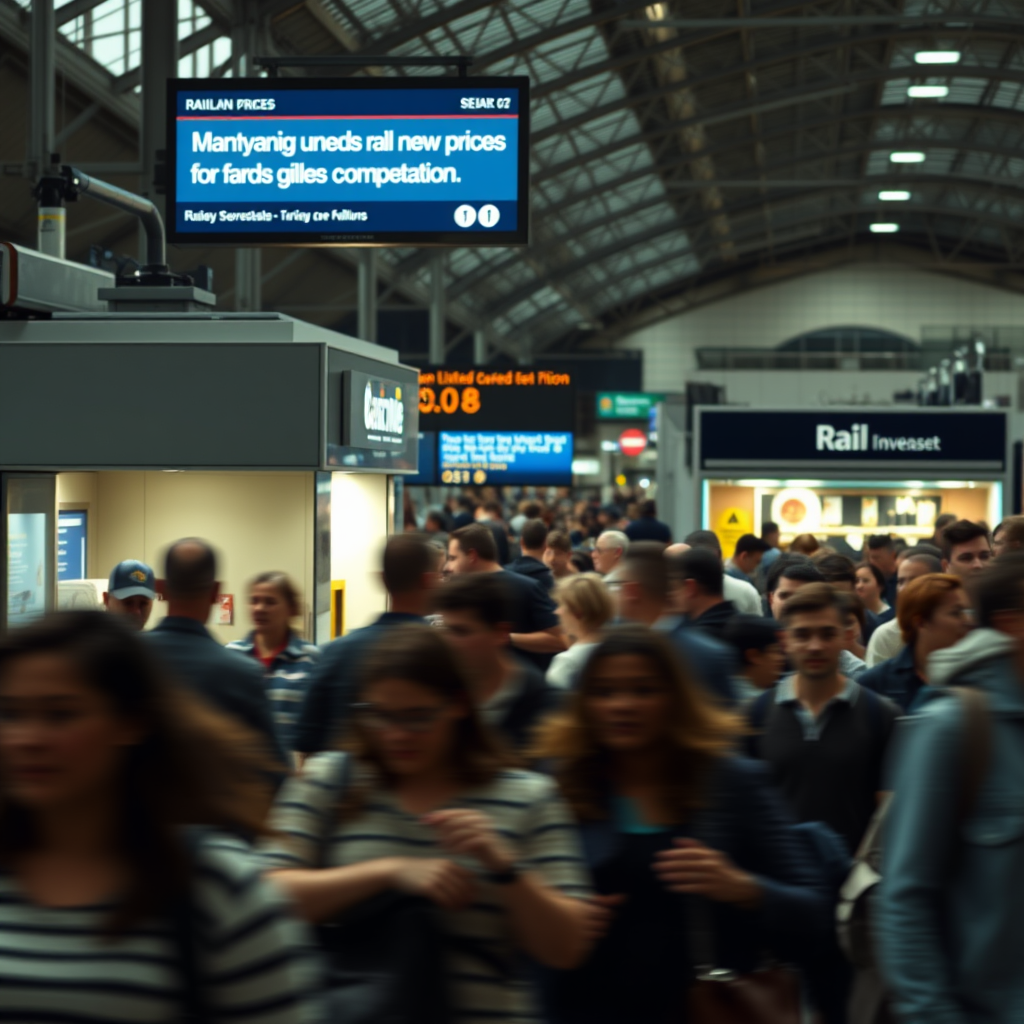HS2: Cost Crisis, Delays, and Public Fury

This article examines the controversies surrounding the UK’s High-Speed 2 (HS2) rail project, analyzing the escalating costs, public backlash, and shifting political landscape impacting its future. The project, initially conceived as a transformative infrastructure initiative, has faced persistent challenges that have cast significant doubt on its feasibility and value. We will explore the various contributing factors, including escalating budget overruns, environmental concerns, and public perception, to understand the current state of the HS2 project and its broader implications for the UK’s railway network. The analysis will delve into the Infrastructure and Projects Authority (IPA) assessment, the public and activist responses, and the government’s evolving stance, highlighting the complex interplay of economic, environmental, and social considerations that define this significant infrastructure endeavor. The article also touches upon the seemingly contradictory government support for a high-speed rail project in Turkey, creating a fascinating juxtaposition with the struggles encountered domestically. Through this examination, we aim to offer a comprehensive overview of the HS2 situation, providing insight into the challenges inherent in large-scale infrastructure projects and their impact on public policy and trust.
The HS2 Project: A History of Escalating Costs and Delays
The HS2 (High-Speed 2) project, envisioned as a high-speed railway connecting London to the north of England, began with an estimated budget of £55.7 billion ($70.72 billion) in 2015. This figure, however, has dramatically increased, reaching £61 billion in 2019 prices ($77.4 billion) and likely far exceeding this figure by now. The initial projected opening date of 2026 has also been significantly delayed, with current estimations placing the completion somewhere between 2029 and 2033. This significant cost overrun and delay directly contribute to the public outcry and skepticism surrounding the project’s viability.
Public Backlash and Activist Opposition
The rising costs and delays have fueled significant public opposition to HS2. Social media platforms are replete with criticism, with many characterizing the project as a massive waste of taxpayer money and an ill-conceived vanity project. This discontent is amplified by environmental concerns, with activists highlighting the environmental damage caused by the construction of the high-speed line. The sentencing of environmental activists who occupied the network near Euston station for delaying construction further illustrates the level of public opposition and the lengths to which some are willing to go to halt the project. The estimated cost of the delay caused by these activists alone is £3.8 million, highlighting the significant disruptions impacting the project’s progress.
The Infrastructure and Projects Authority (IPA) Assessment
The Infrastructure and Projects Authority (IPA), a UK government watchdog, delivered a damning assessment of HS2, rating the London to Birmingham and Birmingham to Crewe phases as “red,” signifying that these sections are deemed “unachievable” in their current form. The Crewe to Manchester phase received a less critical “amber” rating, suggesting a slightly higher likelihood of completion. This IPA assessment provided further fuel to the critics and significantly increased pressure on the government to re-evaluate the project’s future.
Contrasting Government Policies: HS2 and Turkish High-Speed Rail
The UK government’s decision to back a loan to support a high-speed rail project in Turkey has sparked considerable consternation. This decision, viewed by some as insensitive given the domestic challenges faced by HS2 and cuts to other rail projects like the Northern Powerhouse Rail, presents a striking contrast. However, it’s important to note that this is a loan guarantee, not a direct expenditure of public funds, and the agreement includes the condition that the Turkish rail network purchases supplies from UK exporters. This mitigates the criticism to some degree, but the optics remain unfavorable.
Conclusions
The HS2 project stands as a prime example of the complexities and challenges inherent in large-scale infrastructure projects. The escalating costs, significant delays, and growing public opposition highlight the crucial need for meticulous planning, transparent budgeting, and continuous stakeholder engagement. The IPA’s assessment underscores the severity of the issues plaguing the project, raising serious questions about its long-term viability. The public criticism, fueled by rising costs and environmental concerns, reflects a broader distrust in large-scale government initiatives. The contrasting governmental support for a high-speed rail project in Turkey, while technically not a direct public funds expenditure, exacerbates this sense of disconnect and fuels public anger. The future of HS2 remains uncertain, and the government faces a critical decision: whether to continue investing in a project facing immense hurdles or to reassess its priorities and allocate resources to more efficient and sustainable infrastructure solutions. A thorough review is needed, focusing on the project’s overall value, its economic impact, and the mitigation of environmental damage. Failure to address these fundamental issues risks further eroding public trust and ultimately undermining the credibility of future infrastructure projects.




